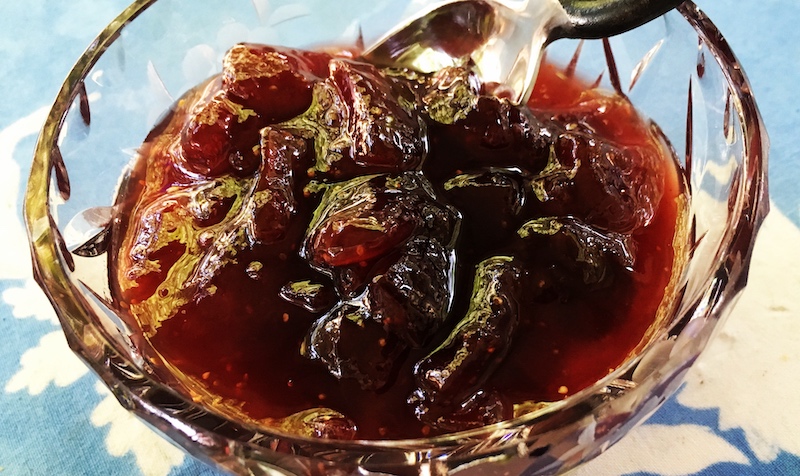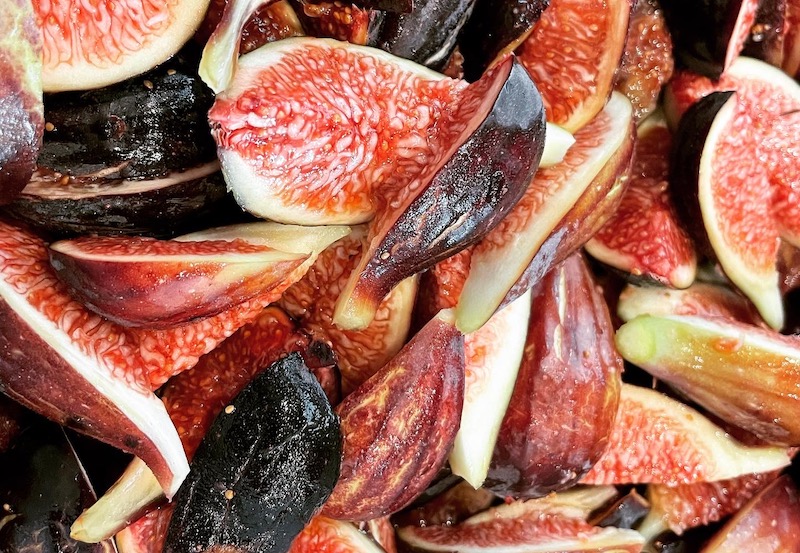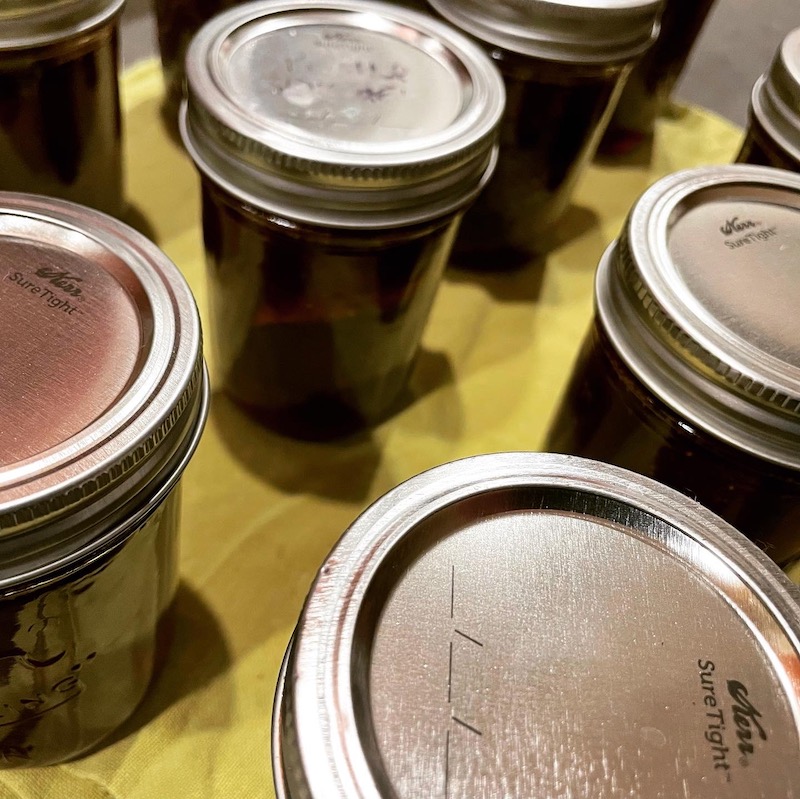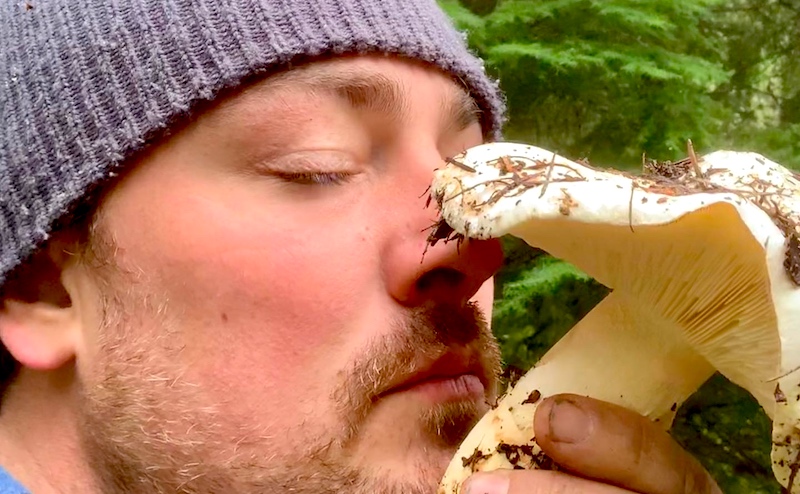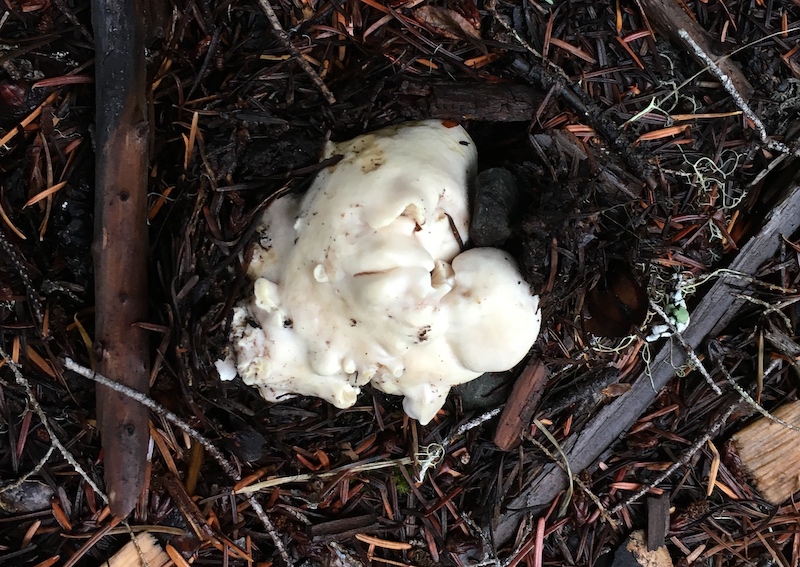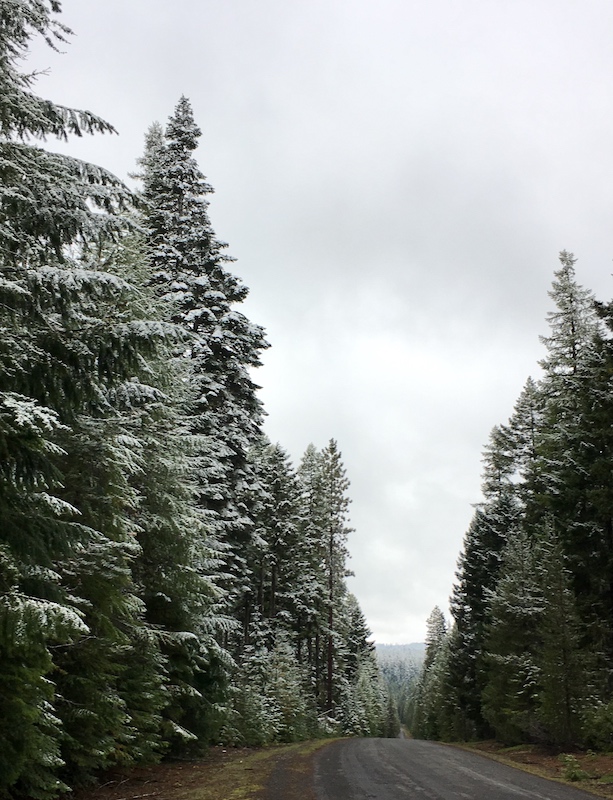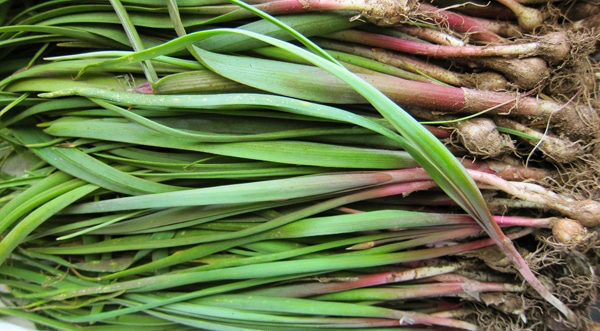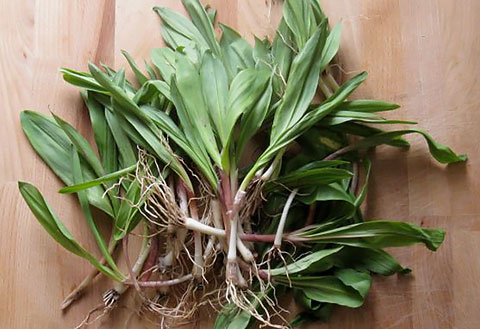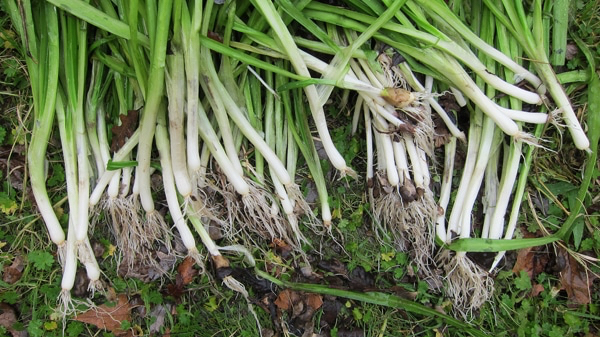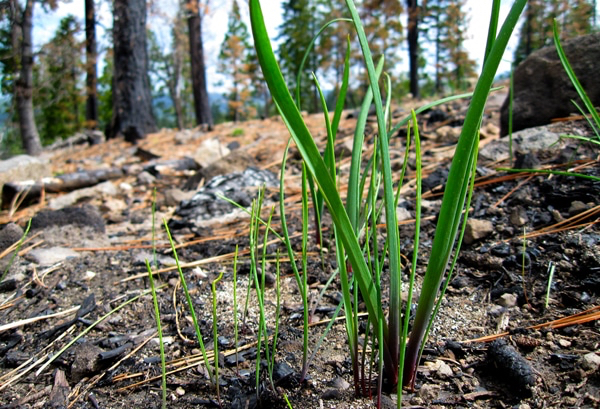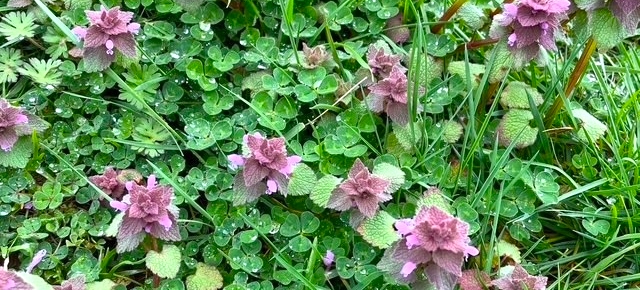
Spring in the City: Edibles are Everywhere!
Whew! It's been quite a few months, hasn't it? With our democracy under attack on a daily, or even hourly basis, billionaires gutting government agencies willy-nilly with seemingly no oversight of their activities, and the economy sliding off the tracks it's been hard to focus on anything other than putting one foot in front of the other.
But on a walk through our neighborhood with Silas the other day I glanced around me and noticed to my astonishment that spring was in full swing all around. Blossoms were popping on the previously bare branches of trees, shoots of plants were emerging from scraggly patches in parking strips and tiny green signs of life were coming up from cracks in the sidewalk.
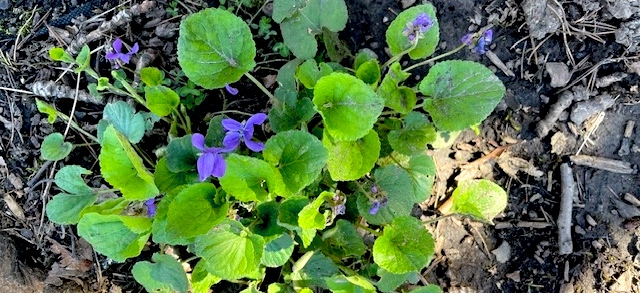
I knew from my Stoneboat Farm CSA that spring raabs were beginning their yearly debut, and people were posting photos of nettles on their social media feeds, so I suppose I shouldn't have been surprised at the bounty of plants, edible and otherwise, I was seeing at my feet.
So here's a quick list of the edibles I saw just a couple of days ago, which means there'll be lots more coming in short order:
Purple Dead-Nettle (Lamium purpuream). The photo at top shows dead-nettles in a parking strip near our house. The young plants have edible tops and leaves that can be used in salads or added as a garnish on stir-fry. The flowers can be candied like violet flowers.
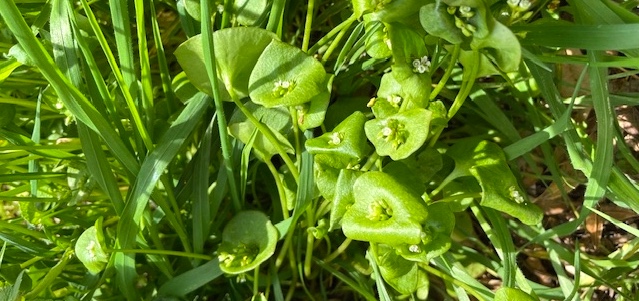
Miner's lettuce (Claytonia perfoliata). This perennial succulent likes to hide among other plants in cool, moist surroundings but is easily identifiable by its fanciful round leaves bobbing on thin green stems with a sweet bundle of buds right in the center. Its mild, fresh flavor is wonderful in salads.
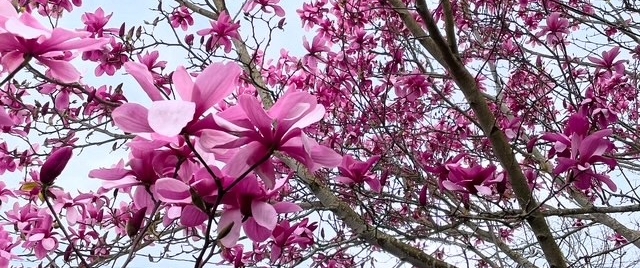
Magnolia flowers (Magnoliacea family). The trees' flower petals are edible and with their cardamom/ginger flavor can be added to salads. Every year Stacey Givens of the Side Yard Farm pickles the buds to use in her farm dinners, saying the blossoms add a light floral taste to salads, salsa verdes, marinades and dressings, and the sweet brine can be used in cocktails.
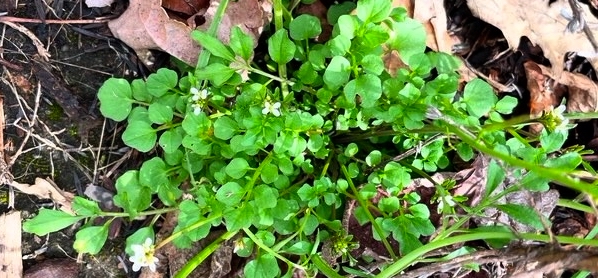
Hairy Bittercress (Cardamine hirsute). The green leaves and stems have a mild peppery taste and can be added to salads, salsas and pesto.
Dandelion (Taraxicum). From the yellow flowers to the roots, all parts of a dandelion plant are edible. The leaves in particular make a healthy addition to salads, sandwiches, omelets and any place you'd throw in a handful of greens.
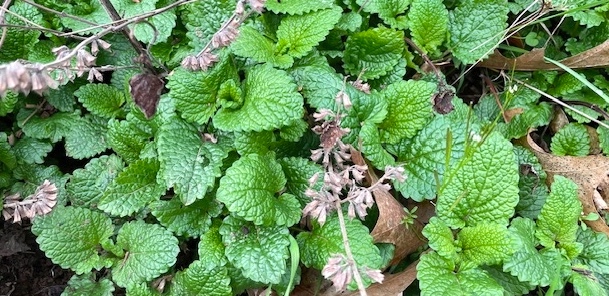
Lemon Balm (Melissa officinalis). Lemon balm makes a bright addition to salads, and can act as an aromatic herb in tomato bruschetta, fish marinades, pesto and salsas. It also suits sweet desserts and beverages, as well as fruit desserts, beverages, ice cream, and cakes, basically anyplace that needs a lemony lift.
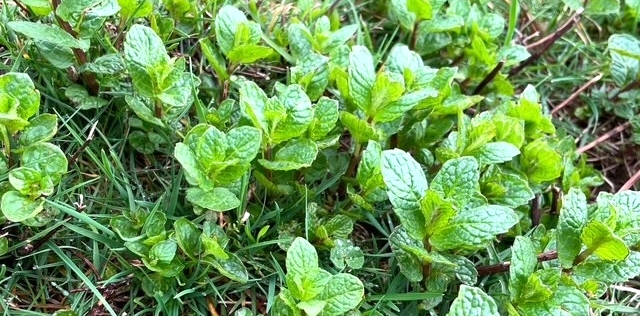
Spearmint (Mentha spicata). This variety of mint—there are more than 7,500 documented varieties—is wonderful added fresh in beverages, salads, chimichurries and pesto, and in its dried form it is used in herb teas. An infusion can be made for use in syrups, ice creams and desserts.
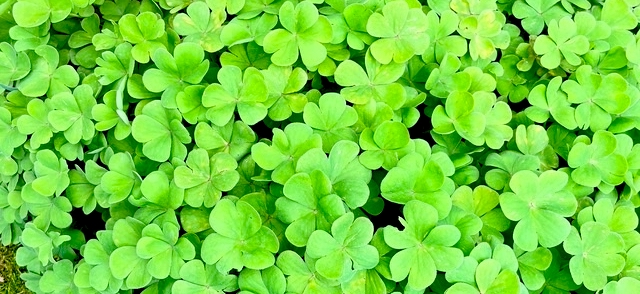
Wood sorrel (Oxalis). Wood sorrel can have pink, yellow or white flowers and has a tart, lemony taste. The clover-like leaves can be used in salads, paired with fish, or steeped in hot water to make tea. Because of its high oxalic acid content, however, it should only be consumed in limited quantities.

Other plants to be on the lookout for right now are violets, which can be sprinkled on salads, pressed into desserts, dried for tea, or candied; and sweet woodruff, which can flavor ice cream or tea, and has traditionally been infused into a light German wine like reisling to make May wine. In woodsy areas you can look for nettles, wild garlic, and Japanese knotweed shoots.
NOTE: When picking or foraging plants, always make sure that you carefully identify them. Also, be sure the area has not been sprayed with pesticides, and if it's near a path used by dogs make sure it isn't in the "pee zone."
